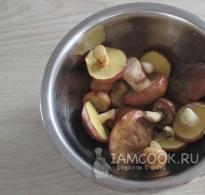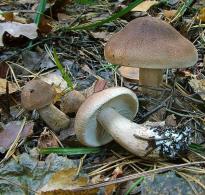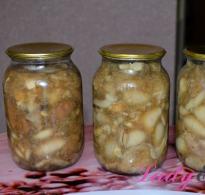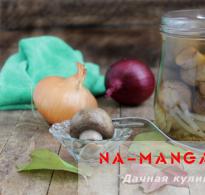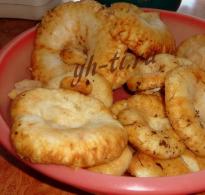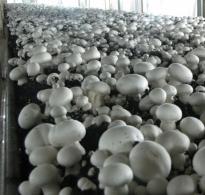Rowing mushrooms: edible and inedible species, their photos and description
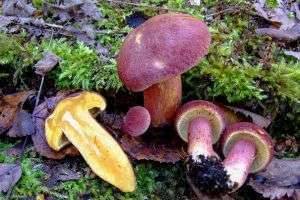
It is easy to get confused in the many types of rows, especially for a novice mushroom picker
Numerous edible and inedible rowers form a large family of over 2,500 species of these lamellar mushrooms.
General description of the rows
Most types of rowers are considered edible, and only a few of them are poisonous. Mixed or coniferous forests on sandy soils are favorite places where rows grow. Rows show the highest yield in August-October. They are delicate and tasty mushrooms that can be processed in various ways: fry, pickle or salt. Previously, it is necessary to remove the skin from the caps and thoroughly rinse the mushrooms under running water, since grains of sand and small specks like to hide between the plates of the fruit bodies.
Since old mushrooms begin to taste a little bitter, it is best to eat young specimens.
Video about what ryadovka mushrooms look like
It is believed that ryadovki help in the treatment of tuberculosis, although it is categorically impossible to self-medicate this serious illness.
Edible rows
Row lilac-legged (purple)
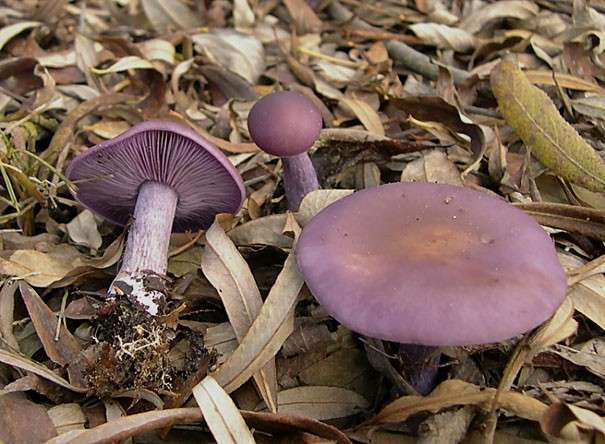
The first is to give a photo and description of edible mushrooms of the row on the example of their beautiful purple variety, which is very popular. Lilac-footed rowers have dense purple-tinged flesh with a floral aroma. The leg is the same color, but slightly lighter. This species occurs in autumn (September-October), most often on the edges and in thinned out places of deciduous or coniferous forests, can occur in the form of groups, rows or circles.
Row yellow-red
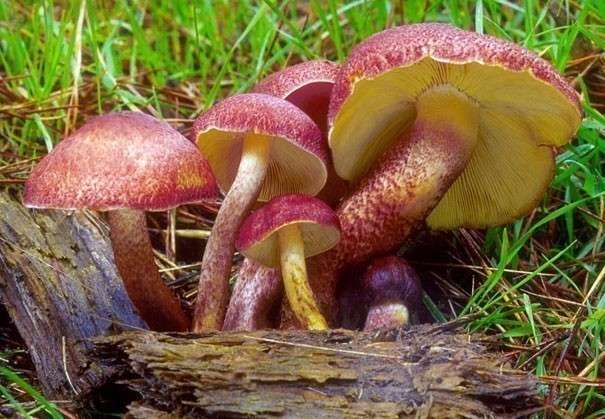
If you look at the photo of what the red row mushrooms look like, then many will recognize in them a pine honey fungus, which is considered a conditionally edible mushroom.
Only the youngest specimens can be used, since as they grow up, these mushrooms acquire an increasingly unpleasant taste.
The orange-yellow velvety mushroom cap is decorated with fibrous red scales. The flesh of the cap is very dense and bright yellow, with a sour smell, reminiscent of rotting wood, and a bitter taste.
Row yellow
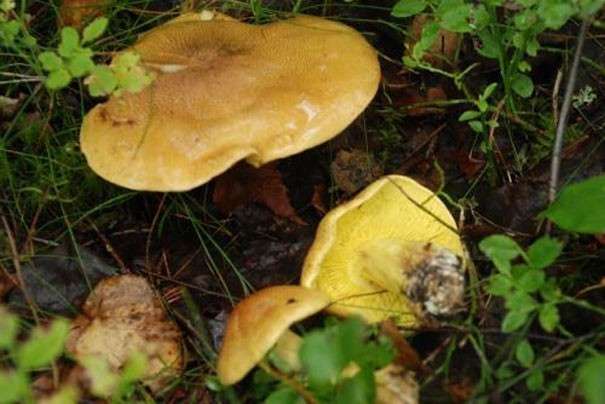
Among mushroom pickers, it is also known as "decorated" or "beautiful". She is smaller than her brethren and is infrequent. The yellow-olive cap has almost no tubercle, instead of which there is a dark spot in the center. The fungus has narrow yellow, often sitting plates. This is a "fungus from a nail" - even in adult specimens, the leg does not exceed 1 cm. Outside, the leg is covered with scales, and inside it is hollow with brown flesh, while the flesh in the cap is yellow. Decorated rows have a pleasant woody smell, but a bitter taste.
Row gray
The light gray cap of this mushroom has a barely noticeable purple tint. In young mushrooms, the shape of the cap is slightly convex, but with age it becomes flat, and a tubercle forms in the center. The surface of the cap is smooth, but as the mushroom matures, it becomes covered with a network of cracks. Usually, the flesh of the mushroom is white-gray in color, but sometimes yellowish. The gray ryadovka has an expressive flour smell and a rather pleasant and mild taste. The beginning of autumn is the best time to collect gray rows.
Video about what a gray row looks like
Poplar row
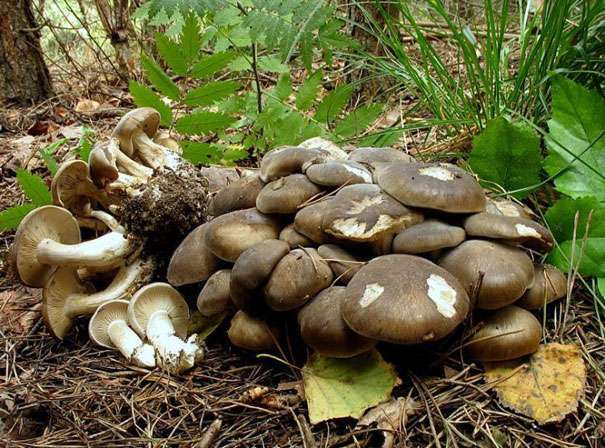
By mushroom pickers, the poplar ryadovka is simply called the poplar mushroom. This is a rather large type of rows with yellow or terracotta caps that have lighter edges. The mushroom is sticky to the touch, and its dense flesh is white.
May row
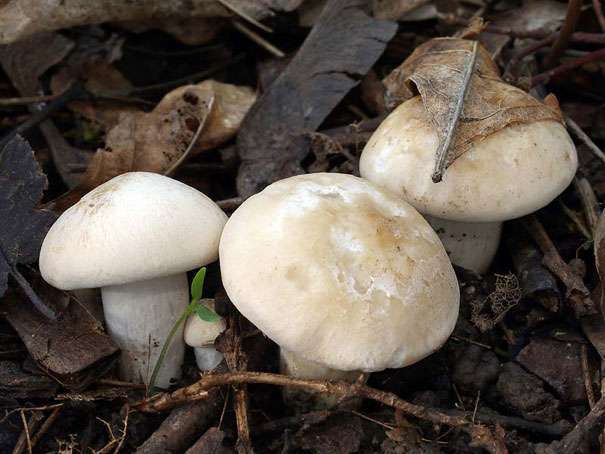
This species has a small (about 5 cm) hump-shaped cap. In youth, it is creamy, and as it grows, it turns white. The dense, white pulp of the mushroom smells and tastes like fresh flour. Frequent white plates acquire a cream or ocher color as they mature.
The row is crowded
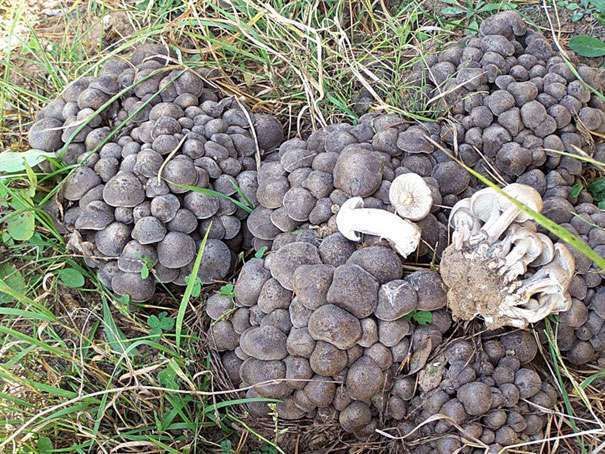
This is an infrequent type of mushroom, whose fruiting bodies grow together so much that it can be difficult to separate them. The mushroom cap is fleshy and brittle and may have:
- hemispherical shape with raised or curled edges;
- spread out, slightly concave;
- convex-outstretched shape with raised edges.
Moreover, in one aggregate, mushrooms can be present not only of different sizes (4-12 cm), but also of shapes. Sticky to the touch, the smooth cap is off-white or gray in color, lightening with age. The elastic and fibrous pulp of the mushroom has a light brown hue, a flour aroma and a pleasant taste. Frequent, thick plates are yellow or off-white.
Row earthy
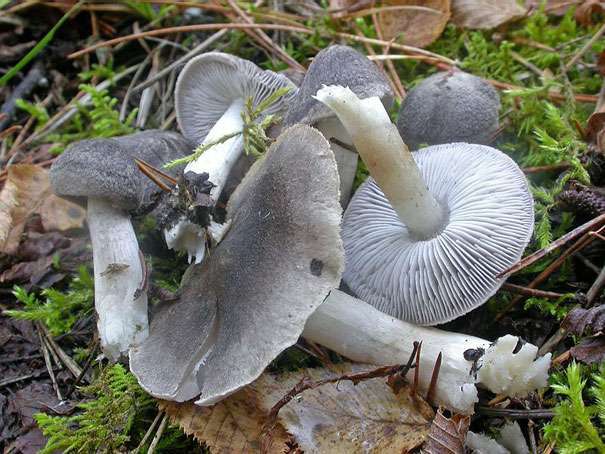
The mushroom has a small conical or hemispherical cap that changes with age to a flat-convex one with a distinct tubercle in the center. Young mushrooms are silky to the touch, but gradually acquire scales.
- The hats can be gray or gray-brown, with firm and white flesh. The row is earthy, although it does not have a distinct smell and taste, but in Europe it is in great demand. She has a fleshy large cap, reaching up to 15 cm in diameter, changes shape from cushion in young specimens to widespread, having uneven edges in “veterans”. The color of the matte cap varies from whitish to pinkish-brown, with a darker center. The flesh of the cap is dense and white, with a pleasant floral aroma and a slightly sweet taste.
- The legs grow to a height of 10 cm and a thickness of 2 cm, they are slightly widened towards the base, have a pinkish-cream or whitish color. On the surface of the stem, vertical striae characteristic of the genus Lepista may be noticeable, but not always. Tough, fibrous pulp.
Inedible rows
As for the ryadovka poisonous mushroom, photos and descriptions of such species of it need to be studied thoroughly so as not to collect dangerous specimens in your basket.
Row white
![]()
- A hat with a diameter of 6-10 cm has a grayish-white surface, always dull and dry. The caps of old mushrooms have a yellowish-brown area in the center, covered with ocher-colored spots. Initially, the cap is convex in shape with curved edges, later it becomes convex-prostrate.
- The dense elastic stem of the mushroom at first has the color of the cap, and later at the base it becomes yellowish-brown, reaches 5-10 cm in length. At the base, it is slightly expanded and sometimes has a mealy bloom.
A strong unpleasant odor and a pungent, pungent taste make this mushroom inedible, and some sources classify it directly as poisonous.
White ryadovka grows in large groups in dense forests, but can be found in groves and even parks. Due to its white color, it somewhat resembles champignons, but its light plates do not darken, moreover, the sharp strong smell of a white row allows you to quickly distinguish between these mushrooms.
Row pointed
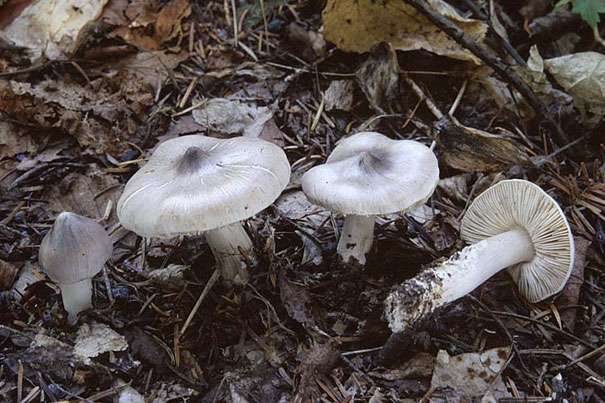
It is also a poisonous ryadovka, which can be confused with a completely edible earthy-gray ryadovka. It grows in autumn in moist coniferous and deciduous forests. The size of the cap does not exceed 8 cm, and its shape varies from bell-conical to hump-convex. The color of the cap is ash gray, the edges are striped, and the center is dark. The mushroom's soft body changes color from whitish-grayish to white, has a flour smell and a bitter taste.
Rowing sulfur-yellow
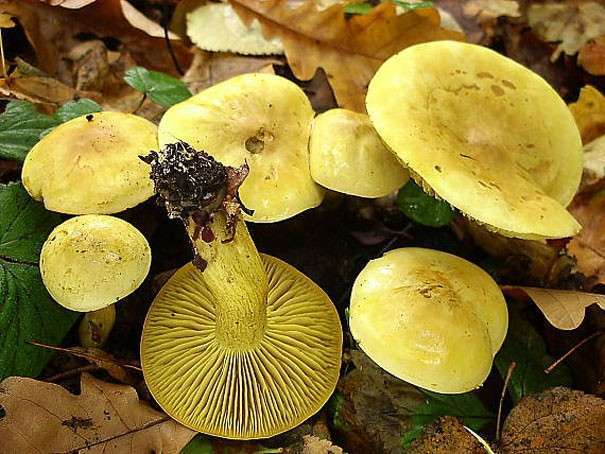
This mushroom is not very poisonous - it can sometimes cause mild stomach ailments, but its smell is very unpleasant. Prefers coniferous and deciduous forests, where in August-September it grows on stumps or on the ground. The initial conical cap shape with a tubercle is replaced by a flat-convex one. The color of the cap is bright sulfur-yellow, with a darker middle. The pulp is also sulfur-yellow, sometimes greenish, with an unpleasant aroma of hydrogen sulfide or tar and an equally unpleasant taste. Long, thin, dense leg with a thickening at the bottom, even or curved, has a whitish sulfur-yellow color. These types of rows are sometimes confused with greenfinches.
Poisonous Tiger Row
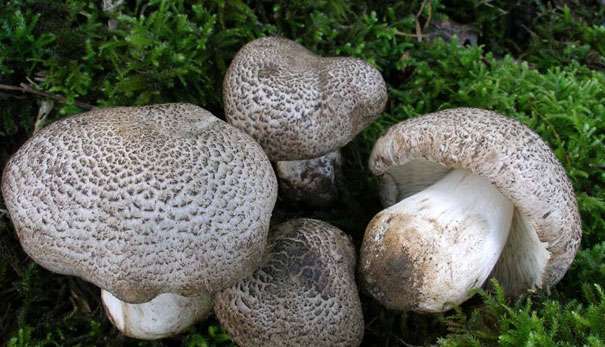
From August to October, tiger rowers grow on the ground and on the edges of conifers, less often in beech forests, they like calcareous soils. Found in the temperate latitudes of the Northern Hemisphere, both single mushrooms and groups, and "witch circles". In young mushrooms, spherical caps are replaced by bell-convex ones, and later - flat-outstretched with curled edges.
Off-white, whitish-gray or gray-black skin is sometimes bluish and covered with dark concentric scales. The cap has a grayish dense flesh, harsh at the base of the mushroom, does not change color at the break.
This poisonous mushroom, even in small doses, can cause serious digestive upset, as it contains an unknown toxin. Pleasant smell and taste are especially dangerous because they mislead mushroom pickers.
Signs of poisoning come quickly (sometimes after 15 minutes) and consist in vomiting, nausea and diarrhea. It looks like an earthy gray ryadovka.
What types of rows have you met in the forest? Which ones did you take with you in the basket? Tell us about it in

